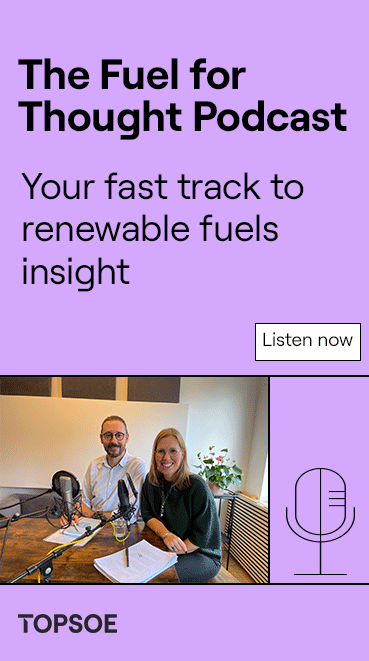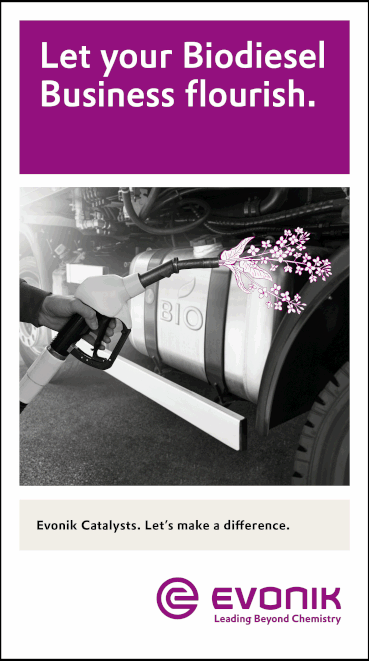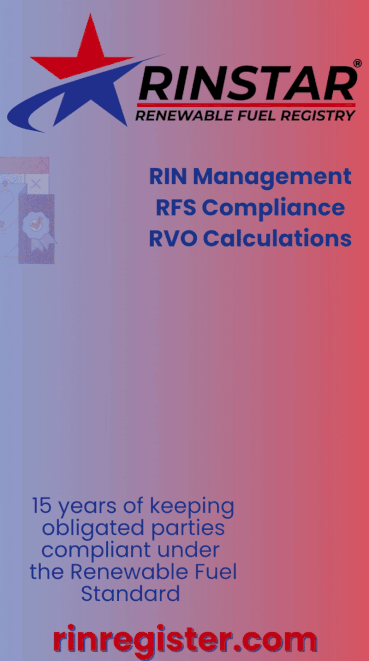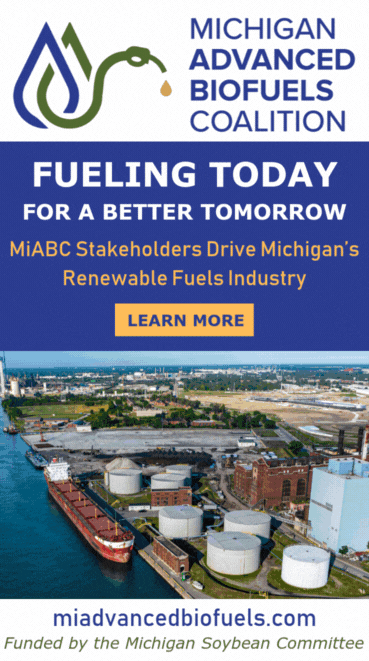Haffner Energy launches SAFNOCA sustainable aviation fuel technology
- Haffner Energy
- Jul 7, 2023
- 3 min read

Haffner Energy announced July 6 the launch of SAFNOCA, which the company said is “an integrated solution that unlocks the pathway for the massive production of competitive sustainable aviation fuel (SAF).”
The company stated its patented technology of renewable synthetic-gas production from diversified biomass and organic waste “will play a decisive role in the decarbonization of aviation.”
Haffner Energy is in discussions with leading industry players including airlines, technology providers and project developers to deploy SAFNOCA.
Haffner Energy is targeting SAF production units from 2025 with a capacity over 35,000 metric tons per year (tpy), in line with the aviation sector’s decarbonization plans.
For example, Geneva International Airport in Switzerland consumed 410,000 tons of fossil kerosene per year in 2022 for 14 million passengers—the same amount of passengers as New-York Laguardia in 2022. A 41,000 tpy SAF plant would cover 10 percent of the airport’s needs.
SAF is essential to the decarbonization of aviation. eSAF production requires a combination of renewable hydrogen and biogenic carbon. Only sustainable biomass and renewable organic waste can currently provide this biogenic carbon in a significant way, according to Haffner Energy.
“Although biomass deposits are significant, their dispersion, seasonal and interannual variations strongly favor processes that are agnostic to the type of biomass exploited,” the company stated. “This is a key differentiating factor of the technology developed by Haffner Energy. Its process is particularly efficient in converting all available seasonal sustainable biomass residues effectively with virtually no restrictions. This includes organic waste. Being agnostic to biomass and waste removes the main barrier to massive access to biogenic carbon, while securing supply.”
Haffner Energy added that this advantage is further enhanced by the fact SAFNOCA has a virtually neutral carbon footprint in a full lifecycle analysis, reducing the resulting CO2 emissions by over 90 percent.
“Today, civil aviation remains almost entirely dependent on fossil fuels, and this is a crucial challenge, though more complex than for road mobility,” said Philippe Haffner, chairman and CEO of Haffner Energy. “Through its SAFNOCA solution, Haffner Energy is in a position to make a massive contribution to the decarbonization of aviation, by providing the missing link in the value chain that will enable the production of competitive, abundant carbon-neutral SAF.”
SAF is a biobased kerosene with a reduced carbon footprint. It is the only significant way to decarbonize air transport in the short and medium term, without having to replace the 26,000 aircraft currently in daily operation, as well as any new aircraft that are expected to double global air traffic by 2050.
Other decarbonization options are being considered for the longer term, such as hydrogen, but will remain inaccessible for long-haul flights.
To date, SAF production covers just 0.3 percent of the world’s aviation-kerosene consumption.
It is almost exclusively produced through the hydroprocessed esters and fatty acids (HEFA) process, which uses oleochemical and lipid-based intrants. Vegetable oils, animal fats and used cooking oils are targeted. “However,” Haffner Energy stated, “this process is likely to play a limited role in the future due to the limited availability of these oleic biomasses. Technologies that convert residual solid biomass and organic waste using the thermochemical Fischer-Tropsch process will lead the transition. The Fischer-Tropsch process is a mature technology that allows the conversion of syngas made of hydrogen and carbon monoxide to liquid oils. It is in this category that the technological brick mastered and supplied by Haffner Energy falls: SAFNOCA.”
Haffner Energy said the company has 30 years of experience in the production of renewable energy from biomass, with 40 projects completed and almost 600 megawatts of installed capacity.
From 2010 it developed SYNOCA® and HYNOCA®, “technologies protected by 15 patent families enabling the production of renewable hydrogen and renewable synthetic gas whose physico-chemical properties are perfectly suited to Fischer-Tropsch [processing],” the company stated.
The mass production and use of SAF is a priority for civil aviation. New legislative frameworks implemented in many parts of the world are one of the main key factors favoring the use of SAF.


































